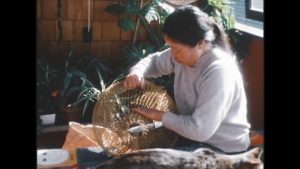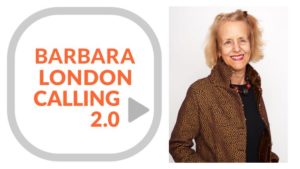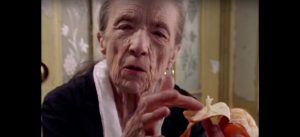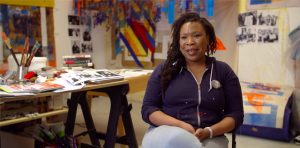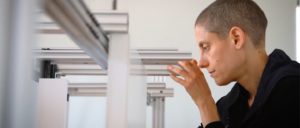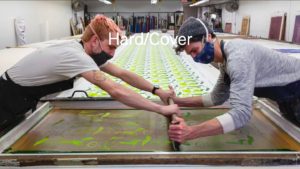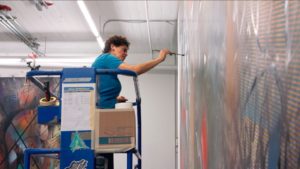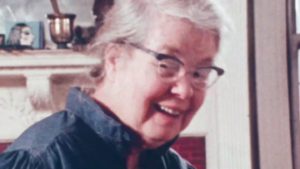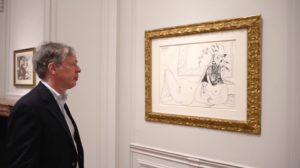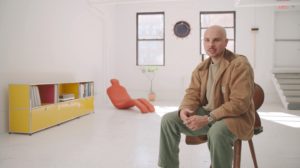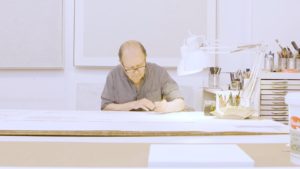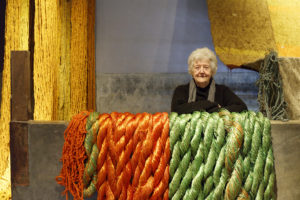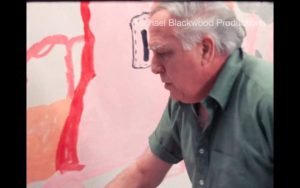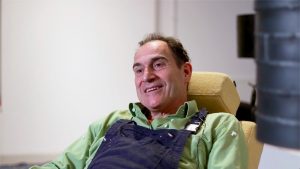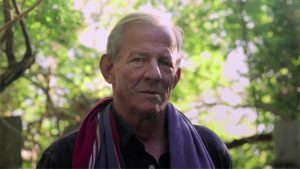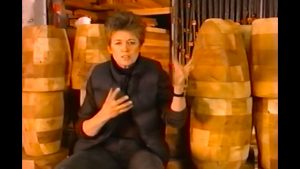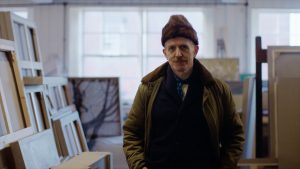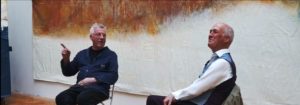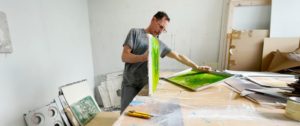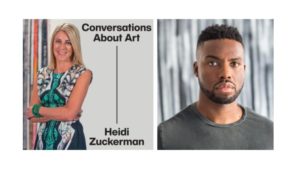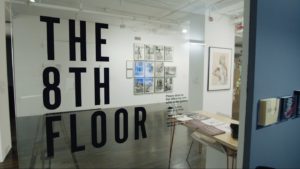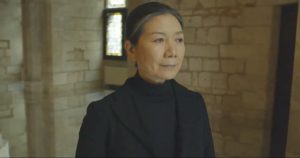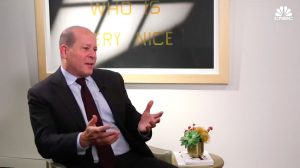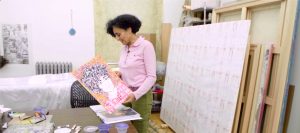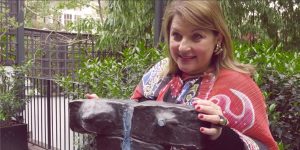
VAULT: Ruth Asawa Oral History (2002)
Archives of American Art, Smithsonian Institution
“What I like is the material is irrelevant. You take an ordinary material like wire and you give it a new definition. It’s the distance between effort and effect. I’m curious to know where it will take me and it may be something very different from anything you ever imagined.” — Ruth Asawa
If you’re like us here at Daily Plinth, you get pretty excited about stamps with great art on them. That’s why we are looking forward to the release on August 13 of the highly anticipated stamp set featuring the work of pioneering artist Ruth Asawa (b. January 24, 1926; d. August 5, 2013). That’s why we were also excited to discover this recent release from the astounding resources that is the Archives of American Art at the Smithsonian – a highlights reel from an oral history interview with Ruth Asawa, recorded in 2002. In this selection from the Archive’s Short Film Series, Asawa discusses modernism, Josef Albers, Black Mountain College, and how she finds inspiration.
From the Archives of American Art:
Ruth Asawa’s oral history interview was recorded in 2002 when the artist was 76 years old, it is one of nearly 2,500 interviews in the Archives of American Art’s unparalleled collection of oral histories. Asawa (1926–2013) was a sculptor based in San Francisco, best known for her looped wire sculptures. In a wide-ranging conversation, Asawa explores what it means to be modern, breaks down the artificial barriers between art and craft, provides a glimpse into what life was like at the legendary Black Mountain College in the 1940s, and addresses issues of race as a Japanese American in the mid-twentieth century. Asawa’s oral history, along with the oral histories and papers of George Nakashima, Ray Yoshida, Yasuo Kuniyoshi, Kay Sekimachi, Patti Warashina, and many others, are invaluable resources that shed light on Japanese American artists’ stories and many contributions to the American art world.


